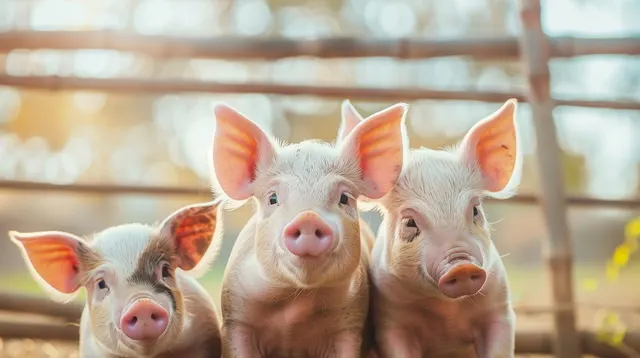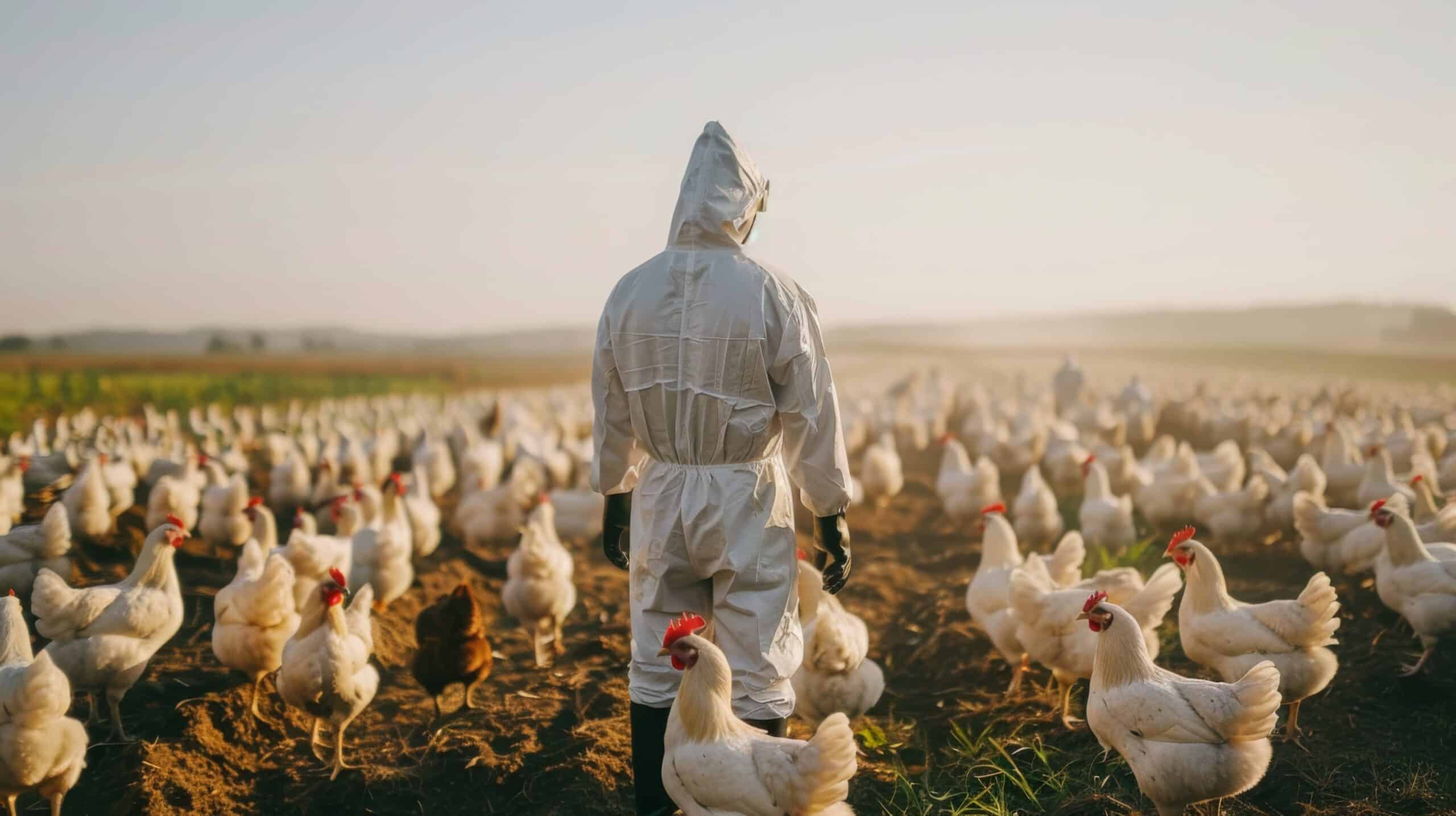Stress in pigs can stem from various factors, with its impact depending on how the animal adapts. It can either lead to negative outcomes or serve as a means of resilience and conditioning. Stress typically progresses through three stages: mobilization (alarm reaction), resistance or adaptation, and exhaustion.
Heat and Cold Stress
Temperature extremes significantly affect pig health and productivity. When temperatures exceed 32°C, sows and feeder pigs experience reduced feed intake, leading to lower milk production in nursing sows and slower piglet growth. High temperatures during early pregnancy can increase embryonic mortality and delay sexual maturity in gilts. Heat stress also negatively impacts boar fertility, reducing sperm motility by 50-60% after 2 to 6 weeks of exposure to hot weather. This often results in decreased fertilization rates and smaller litter sizes.
Feeder pigs subjected to heat stress tend to eat less, slowing growth rates and extending the time to market. This, in turn, affects barn throughput in feeder operations.
Young pigs are especially vulnerable to temperature fluctuations, as their thermal comfort zone is limited to a 1-2°C range. Exposure to cool temperatures and drafts increases energy expenditure for thermoregulation, leading to poorer weight gains.
Transportation Stress
Market hogs often face significant stress during transportation, as they are moved from pens to trucks, mixed with unfamiliar pigs, and exposed to crowding and heat. Certain pig strains are particularly prone to over-exertion during this time, making careful handling essential to avoid losses.
To minimize transportation stress, it’s important to use well-designed, properly bedded vehicles, transport pigs during cooler parts of the day, avoid overcrowding, and handle pigs gently throughout the process.
Social Stress
Social stress typically arises from poor management practices. Whenever pigs are mixed, competition for dominance occurs, leading to increased aggression. This can result in fighting, injuries, and even cannibalism, with dominant pigs often harassing lower-ranking ones. Subordinate pigs struggle to access feed and tend to underperform.
Implementing an all-in-all-out management system per pen can help reduce social stress. Increased stocking density also heightens aggression, particularly when pigs from different groups are combined. In such cases, identifying and isolating aggressive pigs can improve overall welfare.
Nutritional Stress
Nutritional imbalances, whether due to overfeeding or underfeeding, can negatively impact pig health. In fast-growing pigs, weight gain may outpace the development of control and adaptation systems, compromising immunity and increasing susceptibility to infections. Young pigs are especially vulnerable, as their adaptive mechanisms are still developing.
Inconsistent feeding patterns and overfeeding can contribute to stress and increase the risk of ulcers. Maintaining consistent feeding times and quantities is crucial to avoid these issues.
Poor-quality drinking water, particularly when it contains high levels of dissolved minerals like sulfates, can further stress pigs by increasing the incidence of diarrhea and impairing post-weaning growth.
Managing Stress for Better Productivity
While it’s impossible to eliminate all stress factors in modern pig farming, understanding and mitigating these stressors can significantly enhance productivity and throughput. Proactive management strategies not only improve animal welfare but also support overall operational efficiency.







.png)












.png)






